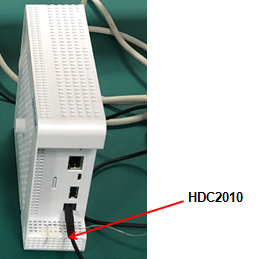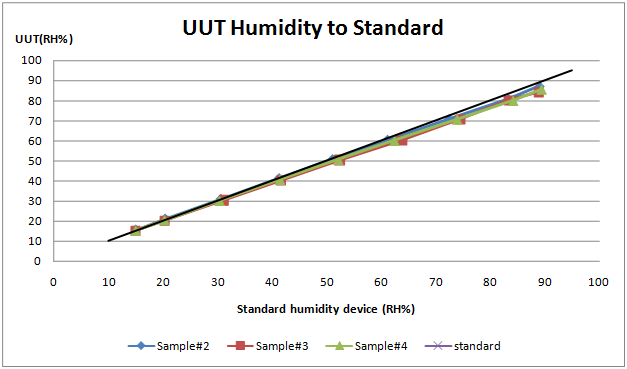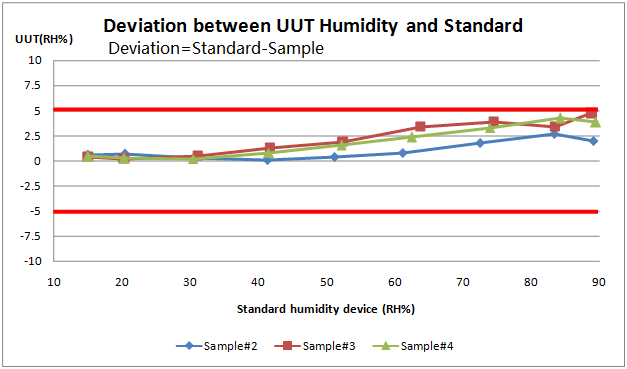Hi Team,
Customer has an application issue for HDC2010, could you help checking and give some suggestions?
In our design, due to the heating from the inner, the hdc2010’s temperature will be 1.4℃ higher than outside air temperature. Will the RH% will be affected by the temperature. If yes, how much it will be? Is there a formula regarding humidity error caused by temperature deviation.
Thanks.
Oliver Ou




